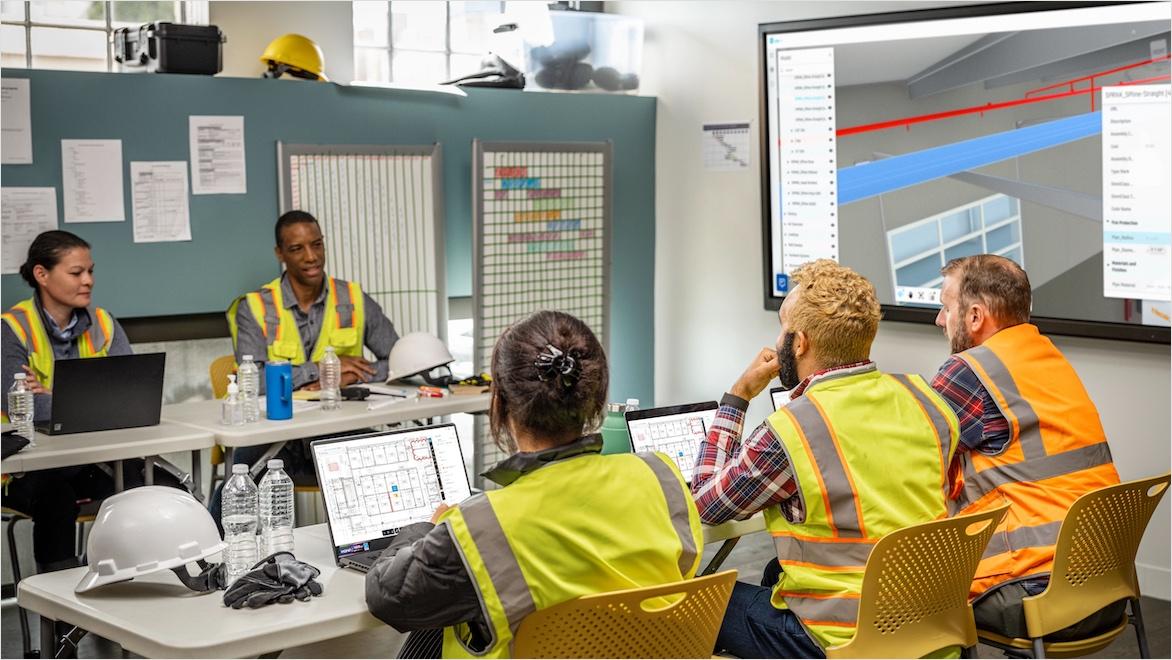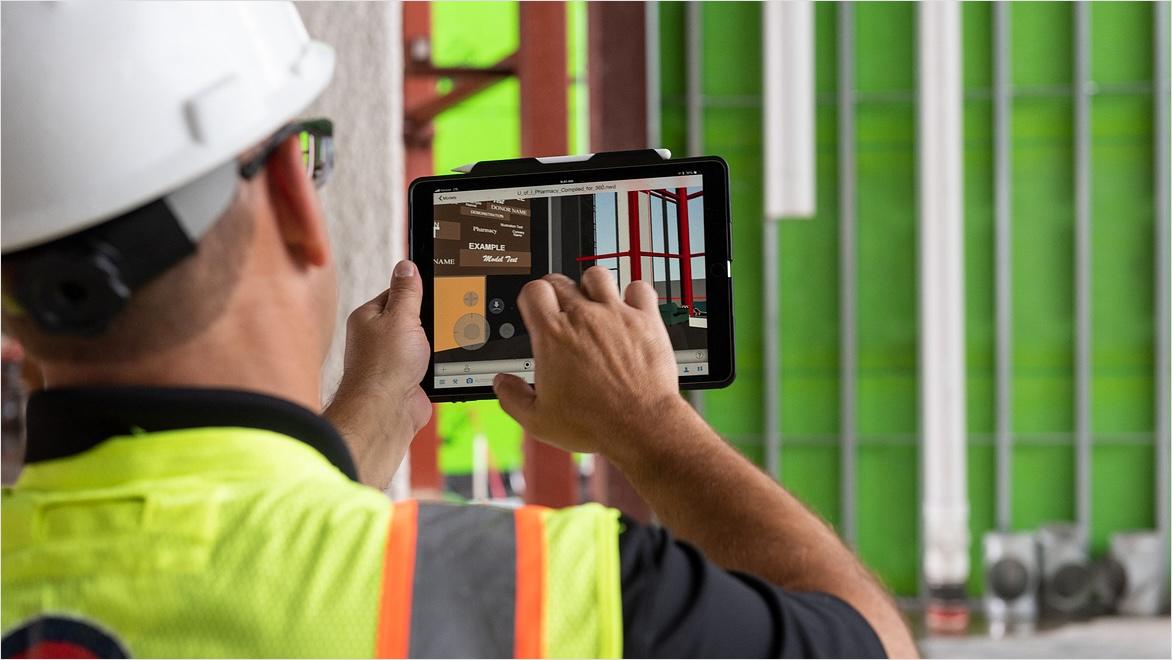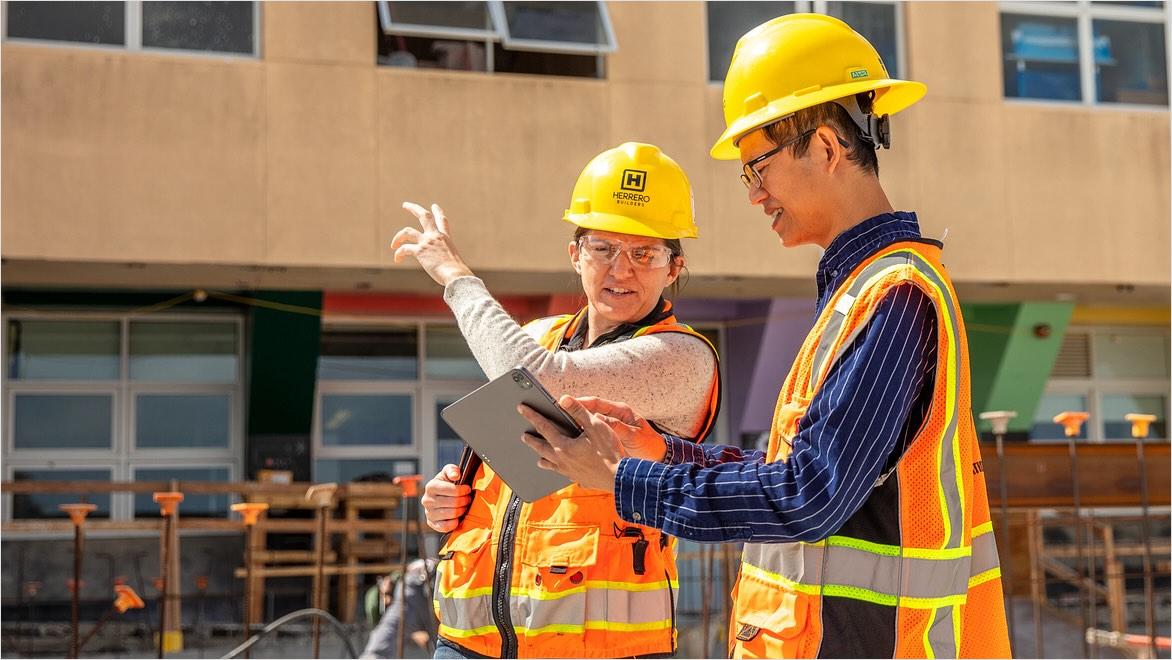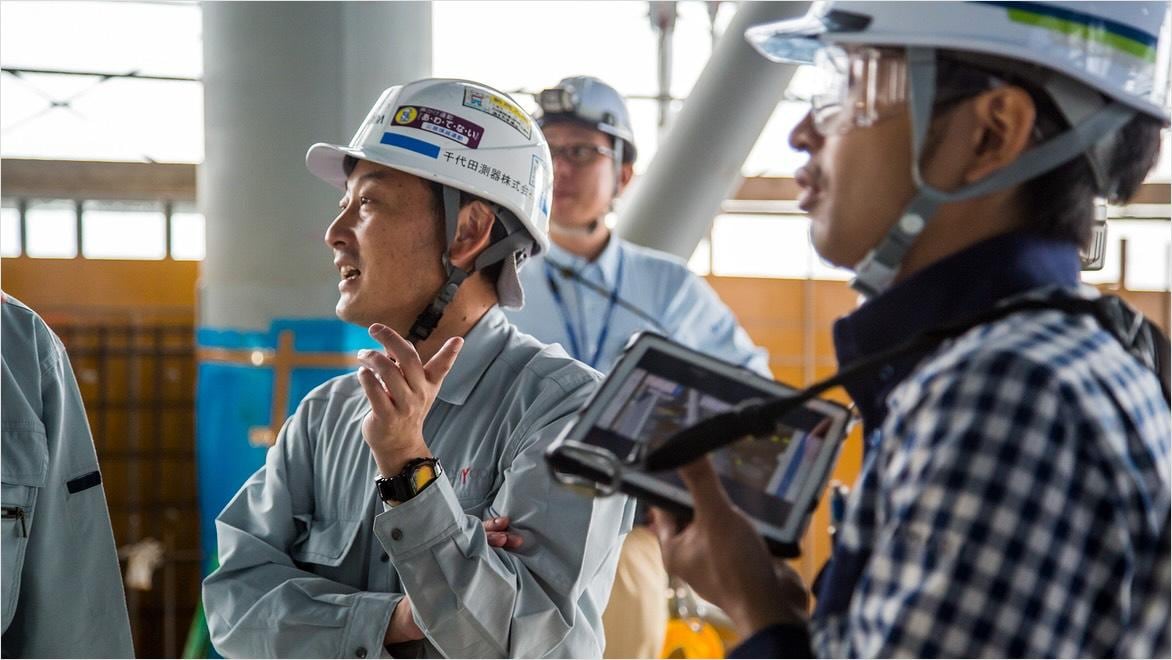& Construction

Integrated BIM tools, including Revit, AutoCAD, and Civil 3D
& Manufacturing

Professional CAD/CAM tools built on Inventor and AutoCAD
Construction administration involves managing onsite activities, overseeing project progress, and ensuring compliance with plans and regulations after the construction of a building or infrastructure project has begun. It covers tasks like scheduling, specifications, budget control, coordinating subcontractors, and addressing any onsite issues that arise during the process.
Construction administration helps ensure smooth communication among stakeholders, serves as an avenue for handling administrative tasks like change orders and requests for information (RFIs), and creates a scalable workflow for quality control and documentation. Ultimately, construction admin aims to execute the construction project efficiently within established parameters while adhering to the project’s objectives, budget, and schedule.
In practice, construction administration takes various forms across a project’s lifecycle, such as:
Each construction admin task plays a vital role in helping to streamline project operations, maintaining accuracy, ensuring compliance, and facilitating effective communication among project stakeholders. Construction administration software helps project teams keep tabs on every stage to ensure the blueprint is being executed and that the project is on track to be finished on time and within budget.
While a lot of construction admin happens in the office, a significant portion takes place onsite, such as site inspections, checking regulations, and coordinating with sub-contractors. For this reason, construction administration software needs to be mobile too. Autodesk software like BIM Collaborate Pro and Autodesk Construction Cloud are cloud-based so you can access your work and important construction administration documents from anywhere on your tablet, smartphone, or laptop.
Construction administration and construction management are distinct yet interconnected aspects of the construction process.
Construction administration typically refers to the oversight of day-to-day operations during a project’s execution phase. It involves handling contracts, communicating with stakeholders, managing paperwork, ensuring compliance with regulations, and overseeing the project’s progress. Essentially, it focuses on the administrative and logistical tasks that keep projects running smoothly.
Construction management covers a broader scope. It involves planning, coordinating, and controlling all phases of a construction project, from initiation to completion. This includes tasks such as budgeting, resource allocation, risk management, quality control, and project supervision. Construction management covers strategic and operational aspects, ensuring the project aligns with its objectives and is completed successfully.
After a contract is sealed and construction kicks off, there are still several ways a project can go wrong without proper oversight. That’s the problem construction administration software aims to solve, offering benefits like:
Construction administration software facilitates communication and project-based correspondence among stakeholders which, in turn, minimizes errors and delays.
At its core, a construction administration software platform serves as a single source of truth for storing, organizing, and accessing critical project documents. This creates a “common data environment” that enhances data accessibility for every stakeholder involved.
By enabling multiple parties to work concurrently on designs, plans, and project updates, construction administration software promotes collaboration and fosters a cohesive and synchronized workflow.
Software helps identify, assess, and mitigate risks by providing insights and analytics, prompting proactive measures to avoid potential issues.
Software-automated checks and audits ensure compliance with regulations and quality, maintaining consistency and adherence to industry-specific protocols.
Using construction admin software enables better cost estimation, resource allocation, and financial management, optimizing spending and preventing budget overruns.
Dealing with request for information notices (RFIs) is one of the most important elements of construction administration. When an information gap or ambiguity occurs in technical drawings, construction documents, or other areas, an RFI is submitted by the contractor or subcontractor and falls within the remit of construction admin personnel to respond. Autodesk Construction Cloud allows you to manage RFIs within a single platform and to customize your RFI construction admin procedures to best suit your needs.
All construction projects, large or small, are made up of many constituent parts provided by different individuals and companies; contracts between these entities are an essential safeguard to ensure that work is done correctly and in a timely manner. Construction contract management is the part of construction administration that manages, prepares, and tracks these many contracts. This is essential for keeping construction projects on track, and Autodesk Construction Cloud is an ideal centralized platform for doing so.
Cloud-based design co-authoring, collaboration, and coordination software for architecture, engineering, and construction teams. “Pro” enables anytime, anywhere collaboration in Revit, Civil 3D, and AutoCAD Plant 3D.
Comprehensive field and project management software that delivers a broad, deep, and connected set of tools for builders.
Plan, design, construct, and manage buildings with powerful tools for Building Information Modeling.
Autodesk Construction Cloud connects workflows, teams and data at every stage of construction to reduce risk, maximize efficiency, and increase profits.
Heratech
Heratech harnessed Autodesk’s Architecture, Engineering, & Construction Collection and BIM Collaborate Pro for digital transformation, helping streamline design and construction for over 200 engineering professionals through standardized models, interdisciplinary collaboration, and reduced planning amendments.
DPR Construction
Learn how DPR Construction, a California-based general contractor, enhanced their construction admin and estimating process, worked on 2D and 3D models simultaneously, and collaborated across time zones with Autodesk Takeoff.
Shanghai Tower Construction & Development
During the construction of China’s Shanghai Tower—one of the world’s tallest and most sustainable buildings—Autodesk’s construction administration software features enhanced streamlining in collaboration, mitigated clashes, and facilitated a 32% reduction in material usage.
Just as investing in new machinery can help a construction job go more smoothly, investing in the right construction administration software will help you work more efficiently in and out of the office. The ability to allocate resources, manage RFIs, handle change orders, generate reports, and more all in one place removes many obstacles that come from using multiple construction admin software solutions—as well as keeping the cost of software licenses down.
Learn how AI and machine learning can help teams of all sizes predict onsite safety and quality risks, provide more accurate bids and estimates, reduce administrative overhead, and forecast maintenance requirements.
A masterclass teaching in-house construction administrators how to manage RFIs, submittals, sheet sets, reports, and other routine construction admin tasks.
Learn the basics of item-based construction admin revision tracking, sheet revisions, and best practices for creating RFIs, sketches, addenda, and bulletins inside Autodesk Revit.
Learn how construction administrators can collaborate with other stakeholders to revise models and keep projects on track using Autodesk Revit.
Construction administration includes auxiliary tasks such as payroll management, inspections, quality assurance, and more with the goal of keeping a construction project on track and making sure contract specifications are followed.
In practical terms, construction administration mostly deals with a contractor’s day-to-day workflows for delivering a project, while construction management has an oversight role ensuring the project is executed according to specifications and keeping the contractor on schedule and within budget.
Within the AEC context, construction contract administration keeps construction projects on track by adhering to contract terms and managing change orders, payments, and contract-related communications such as documentation, modifications, and approvals.
Construction admin ensures that stakeholders across a project’s lifecycle stick to the outlined plans, which guarantees quality (via ongoing site monitoring), helps keep costs down (by closely managing contracts, change orders, and project timelines), and mitigates problems before they arise.








